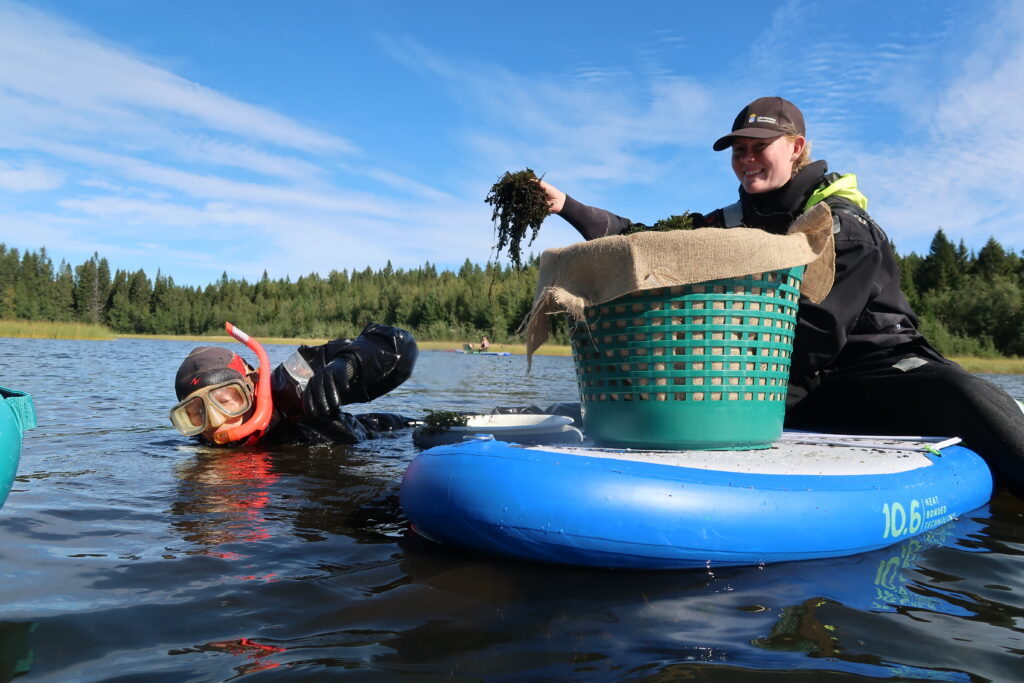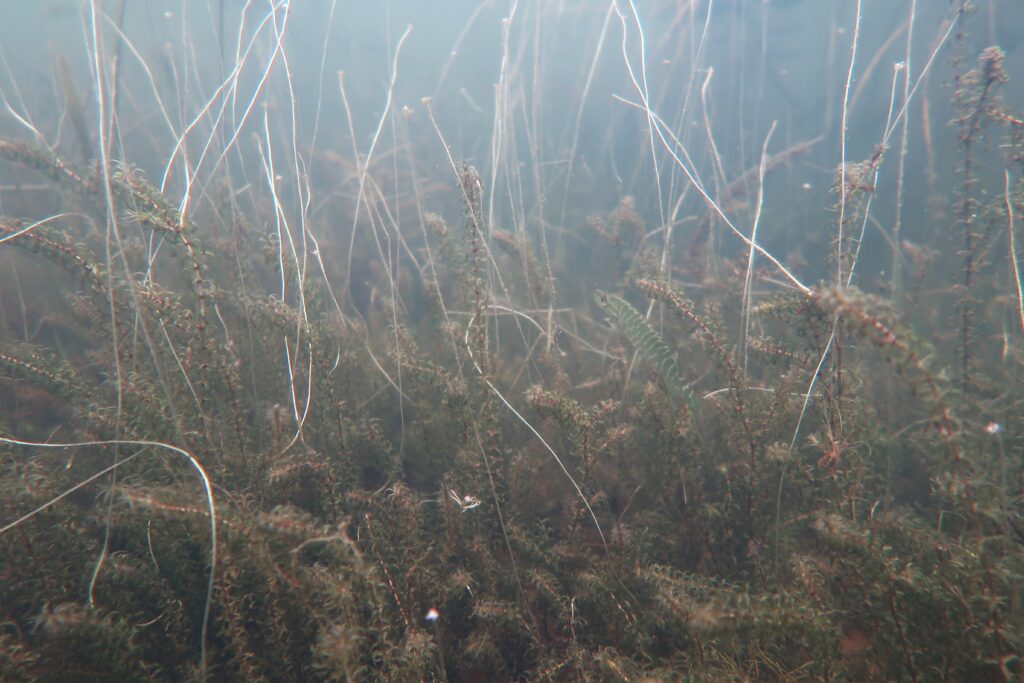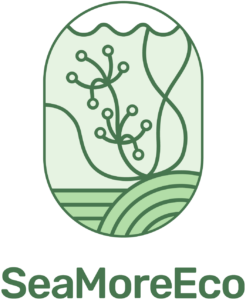Restoration may have great impact on the marine environment. By restoring key habitats we can create postitive cascade effects throughout the surrounding environment. In this activity we will test different types of restoration actions to tackle different problems. We hope to help both authorities and private actors perform successful restorations in the future.
Dredging mainly causes local disruption, but along our coasts a huge amount of minor dredgings are causing a big problems. It can temporarily cause a local eutrophication but mainly, as dredging is done in shallow coastal waters it changes the hydrology of the dredged area. In many cases you can greatly improve the conditions by restoring the bathymetrical properties. A typical example of this is the restoration of dredged thresholds of flads. For restoration of flads and glo lakes we are using a recent restoration tool developed by project partner, the ELY-centre of Southern Ostrobothnia, that help evaluate the restoration needs as well as suitable restoration methods.
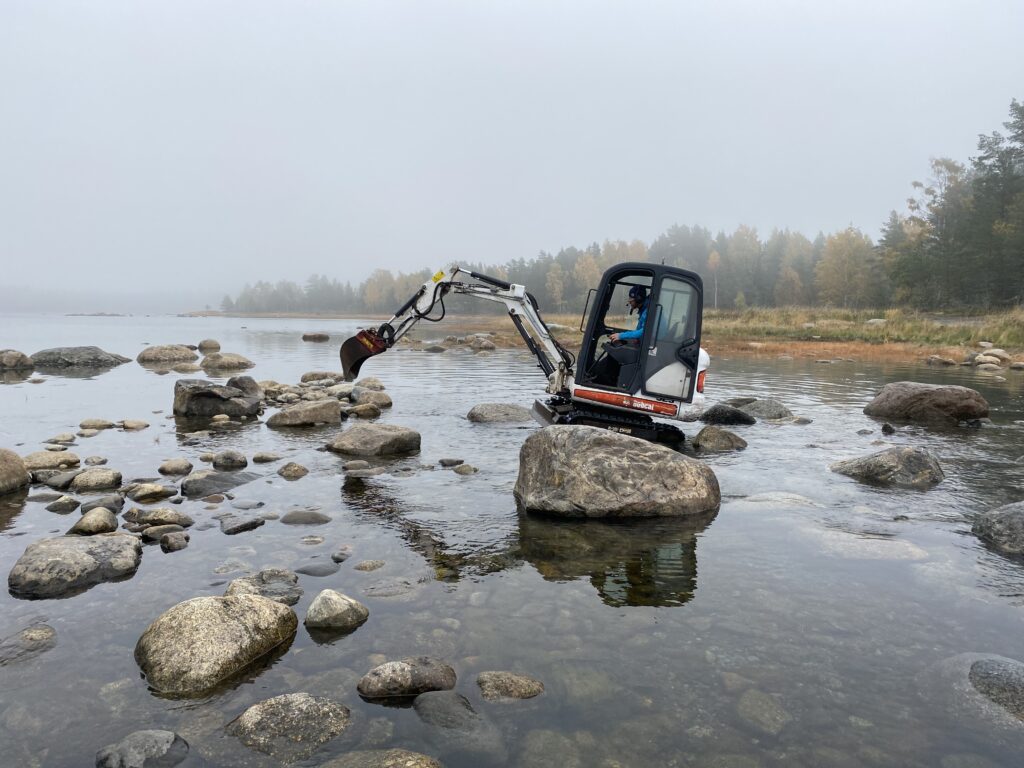
When restoring endangered species or habitats creating a suitable environment for your target is the key. You need to address the underlying causes behind the species or habitat struggling to maintain its presence. These causes can for instance be eutrophication, pollution, dredging or competing species and the restoring actions vary according to the causes. Once this is addressed, actions like planting plants can be taken. In some cases in order to save a highly threatened population actions are needed immediately before the root cause can be addressed. In SeaMoreEco we are for example testing methods to remove competing reed in order to save populations of the endangered Pendant grass (Arctophila fulva). We are also developing methods for propagating the endangered Baltic water-plantain (Alisma wahlenbergii) from seeds to plant out.
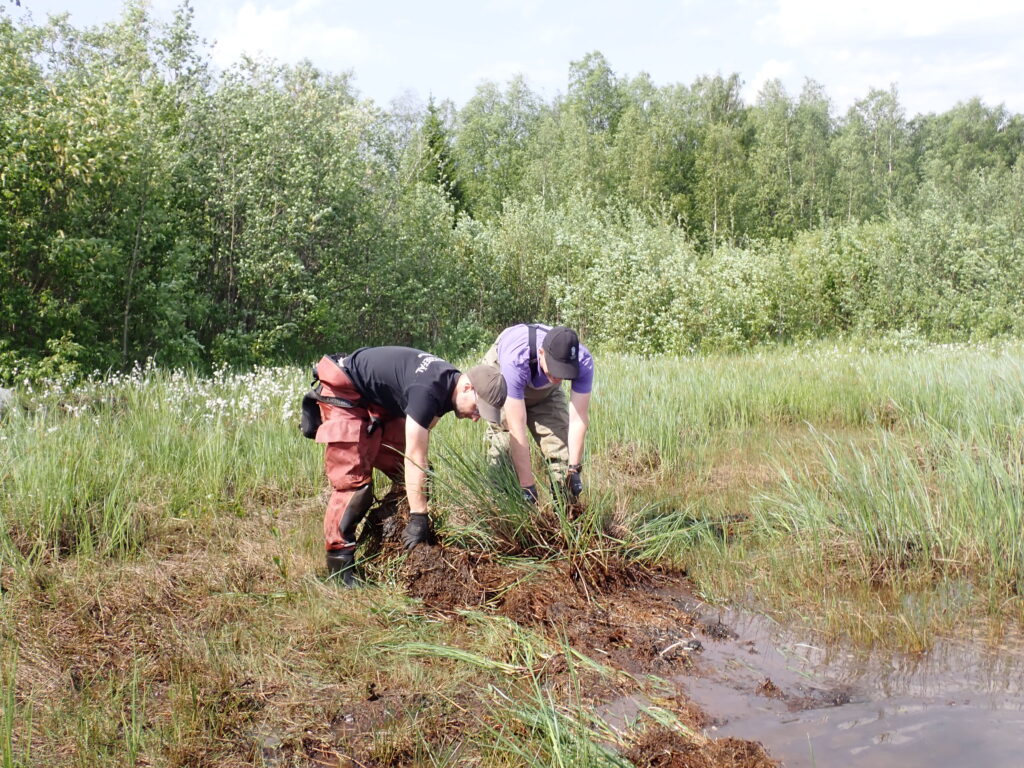
When dealing with invasive species the key is of course to remove or limit the spread of the species in question. There are many alternatives to doing this, but most are difficult or expensive. In SeaMoreEco we look for suitable methods that are applicable and effective in our region considering the local environment of the northern Gulf of Bothnia. We are for example testing removal of waterweed by suction pump, by covering and shading and by mowing.
